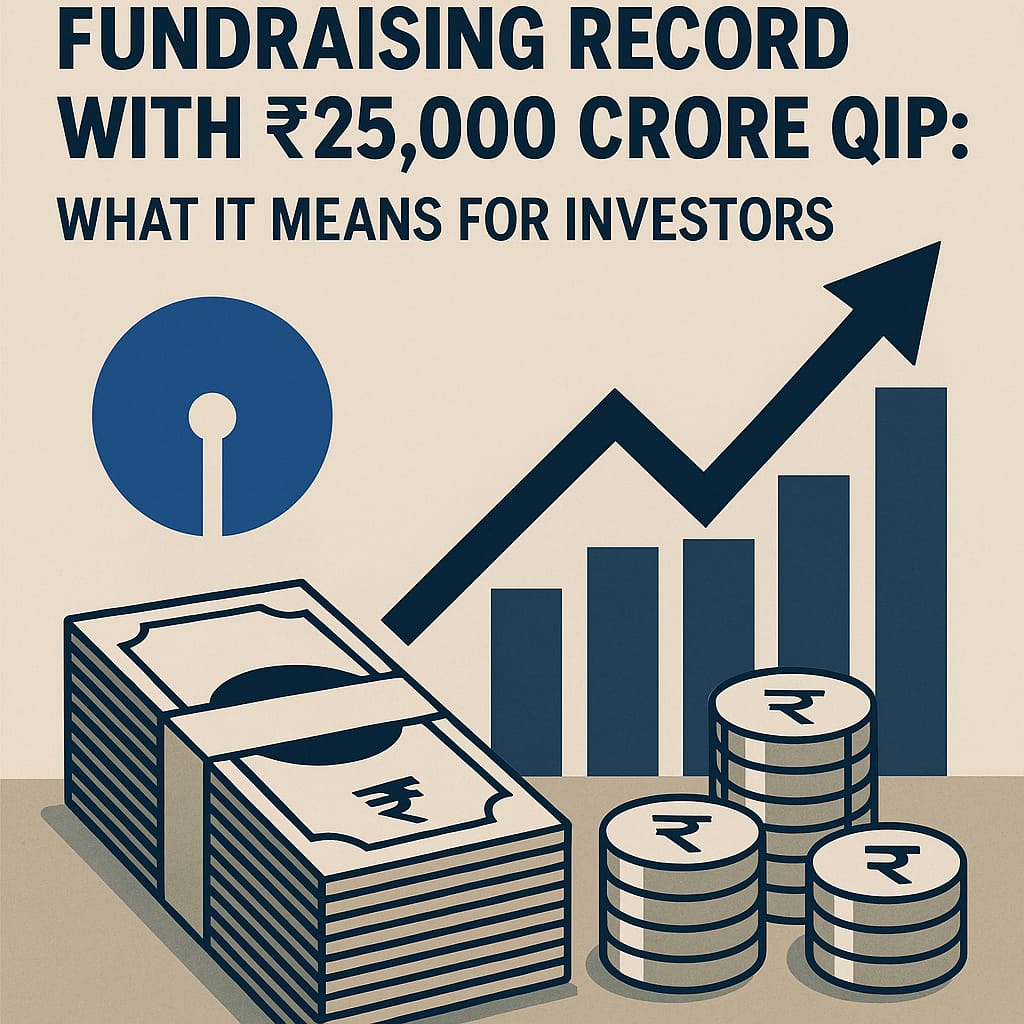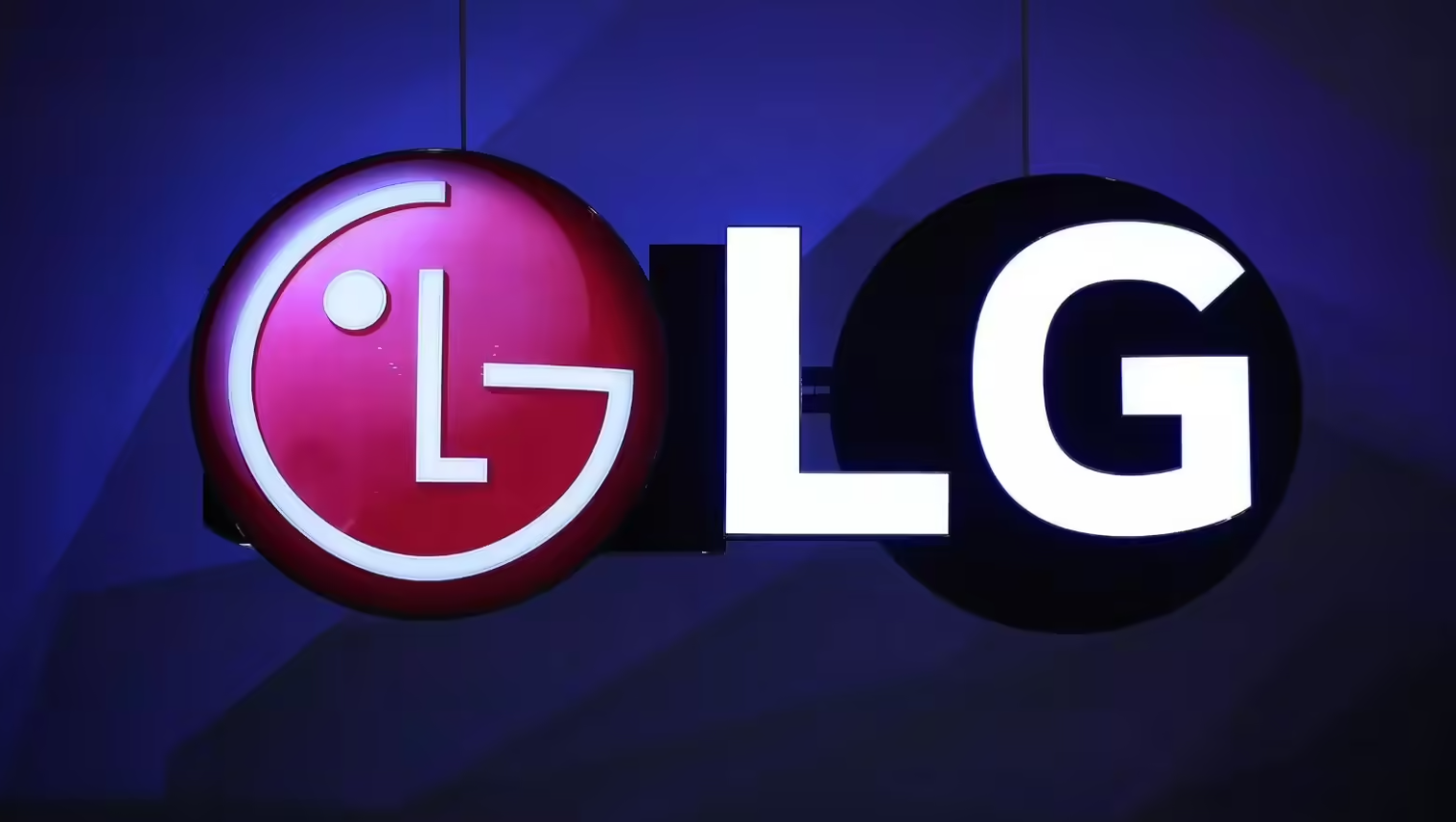State Bank of India has set a new benchmark in the capital markets by raising ₹25,000 crore through a Qualified Institutional Placement. This is the largest QIP in India’s history, surpassing Coal India’s ₹22,560 crore offering back in 2015. The bank allotted 305.9 million shares at ₹817 per share to institutional buyers. The issue was launched at a floor price of ₹811.05 and closed with an overwhelming response, attracting bids worth nearly ₹1 lakh crore.

This development reflects a strong vote of confidence in SBI from global and domestic institutional investors. Notably, Life Insurance Corporation of India picked up ₹5,000 crore worth of shares, boosting its holding in the bank from 9.21 percent to 9.49 percent. With this, LIC continues to reinforce its role as a major stakeholder in the country’s largest lender.
Other prominent institutional investors included global players like GIC and Capital International, alongside domestic mutual fund houses such as HDFC Mutual Fund, SBI Mutual Fund, Kotak Mutual Fund, and ICICI Mutual Fund. The QIP saw interest at nearly four times the number of shares on offer, underlining how attractive India’s banking story remains to large investors seeking long-term growth.
The government’s shareholding in SBI now stands at 55.03 percent, a drop from 56.92 percent in March 2025. This is a significant shift, as it marks not just capital infusion for the bank but also gradual dilution of government stake, making SBI more market-driven. This round of fundraising is also SBI’s first QIP since 2017, when it had raised ₹15,000 crore.

At a time when global economic uncertainties are keeping many investors on edge, this successful placement indicates resilience in the Indian financial ecosystem. Analysts suggest that the capital raised will help SBI strengthen its balance sheet, expand credit offerings, and potentially support its digital and lending ambitions over the coming years.
The pricing of the QIP, just marginally below the market price, shows that the bank did not need to offer deep discounts to attract interest. This reflects both the strong fundamentals of SBI and the larger macroeconomic narrative playing out in India’s favour. The bank’s continued focus on digital transformation, loan book quality, and asset recovery has helped build credibility among long-term investors.
For retail investors and those curious about financial markets, this QIP is also a reminder of how large institutions access capital differently. Through the Qualified Institutional Placement route, listed companies can raise funds from large investors without going through a public offering. It is quicker and more targeted, typically used by financially strong companies looking to raise substantial capital efficiently.

In simple terms, when a company like SBI needs to raise funds, instead of doing a full public offering, it invites qualified institutional investors such as mutual funds, insurance companies, and global investment houses. These investors receive shares at a price set according to regulatory guidelines, and the company secures capital to fund its growth plans. This method allows companies to raise large sums with less time and effort, while investors gain early access to new share issuances from top firms.
SBI’s record-setting QIP is a clear indication that the bank remains at the centre of India’s financial growth story. It also demonstrates the rising global interest in Indian banks, driven by stable macroeconomic indicators, healthy credit growth, and strong digital adoption across the country’s financial institutions.
As retail investors, it is crucial to observe such developments. When institutional confidence flows into a bank like SBI, it often signals long-term stability and potential opportunities for ordinary investors as well. The move also hints at the broader bullish sentiment among investors toward India’s economy, even as global conditions remain volatile.
For more updates on how such corporate moves affect your portfolio, stay tuned to You Finance. We simplify the headlines and help you connect the dots in your financial journey.
For more real-world investment insights and simplified finance updates, follow You Finance on Instagram and Facebook. We make money talk human.















